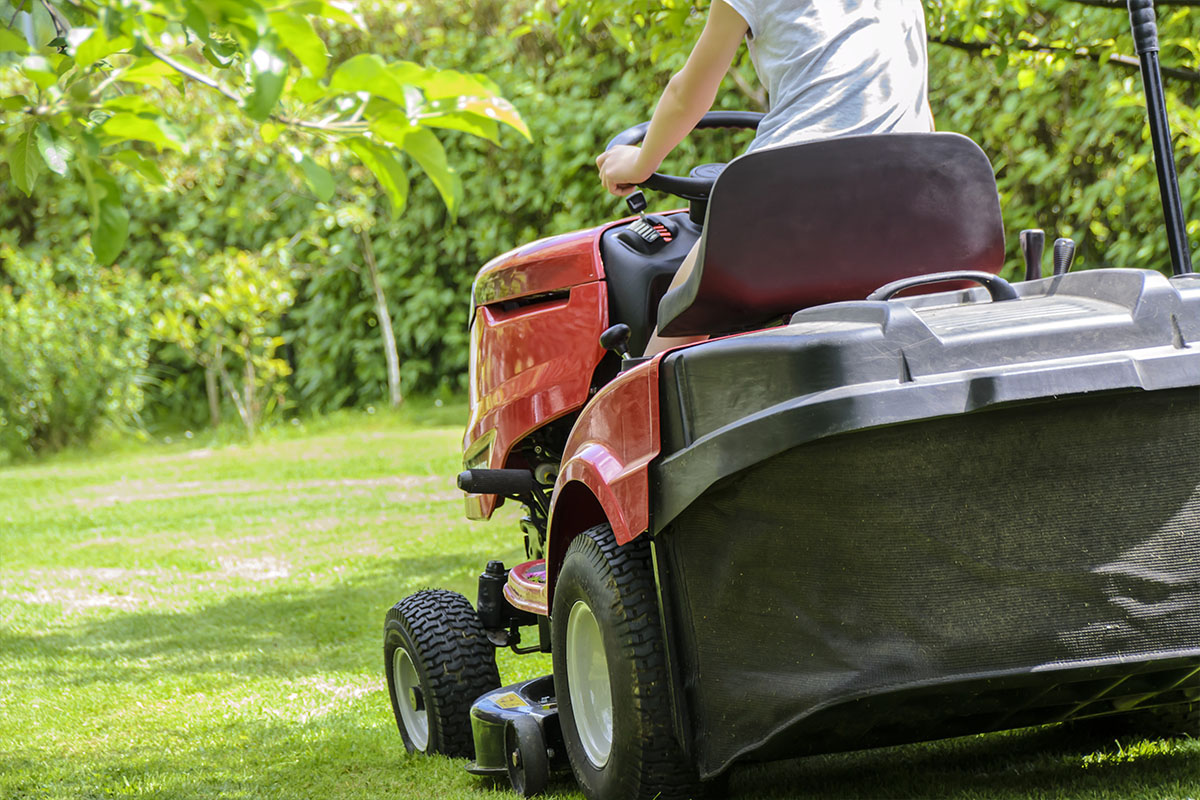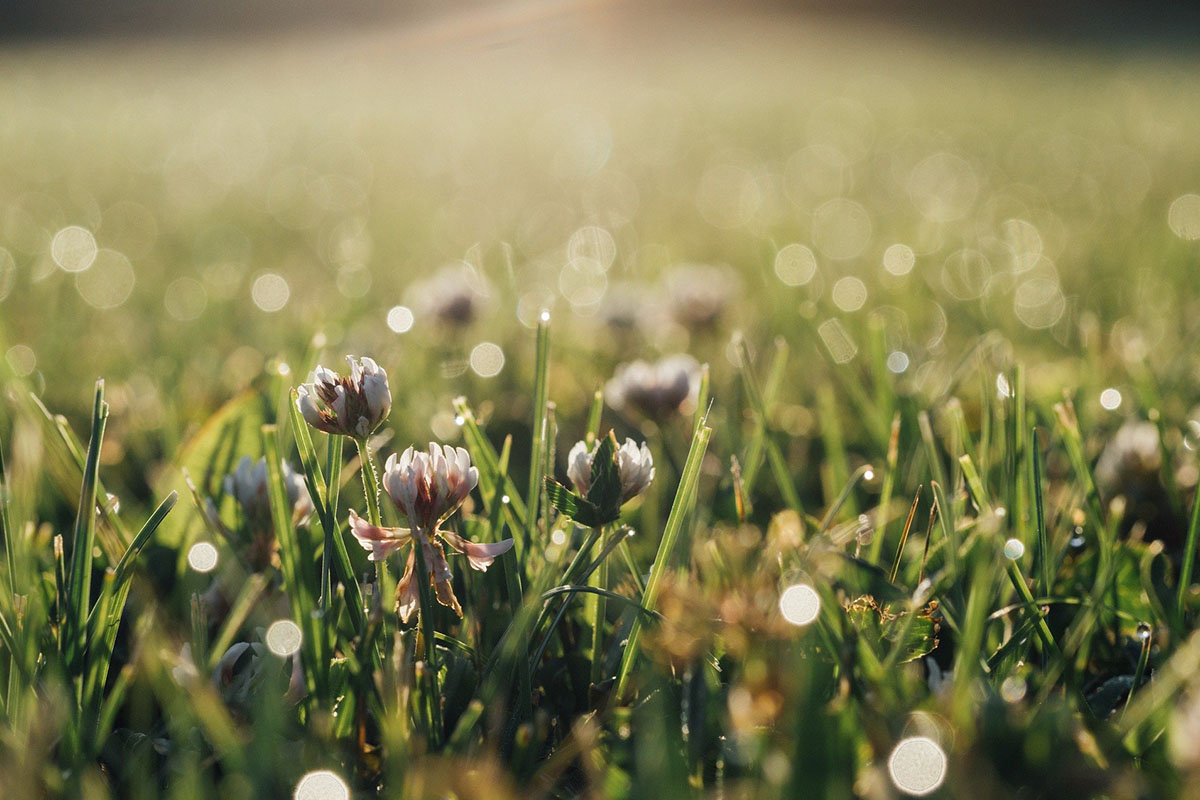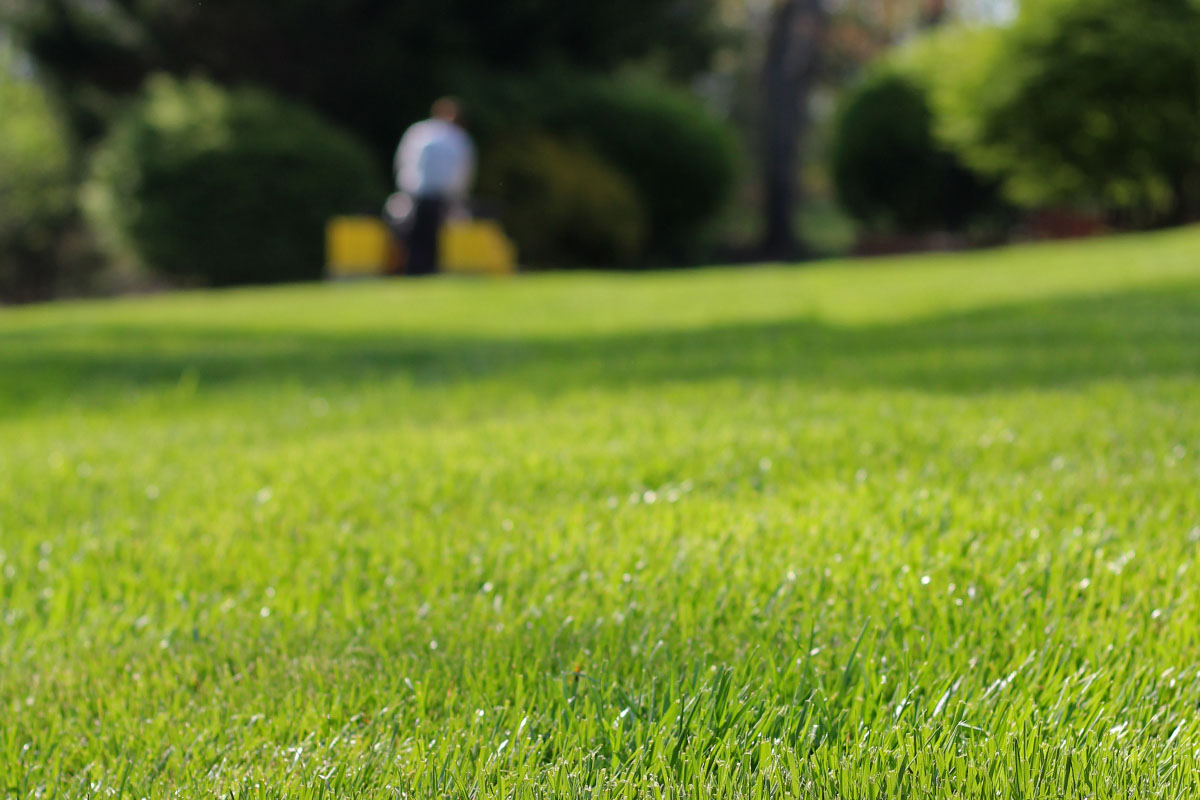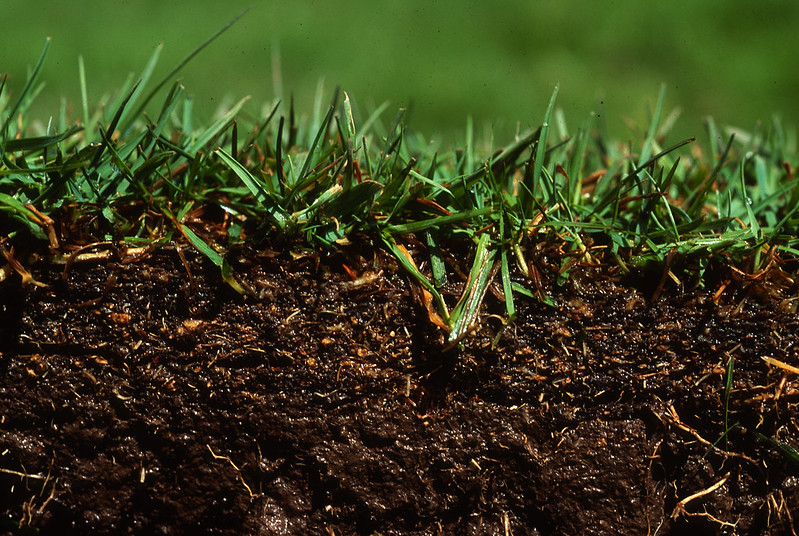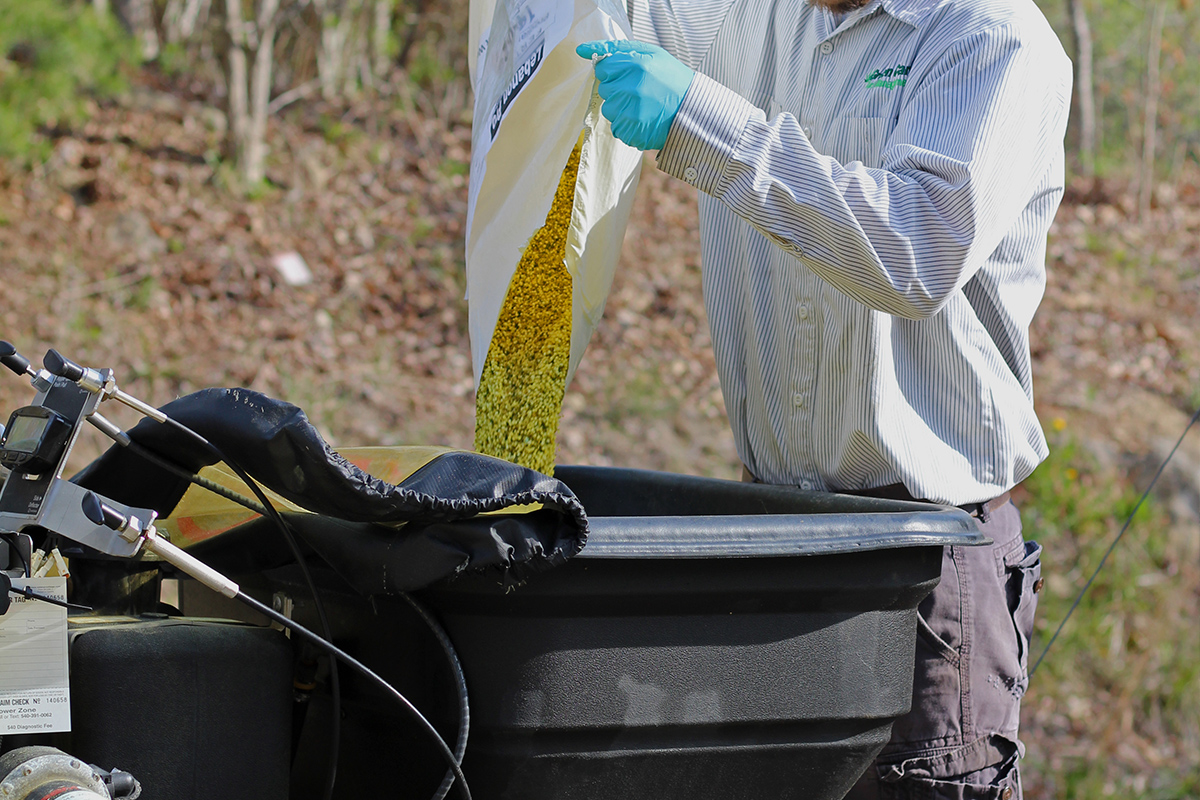After a long winter with lots of snow, spring finally seems to be in full bloom here in the New River Valley. With the mostly warmer daytime temperatures recently, along with the rain we had last weekend, lawns around the area have greened up nicely and are starting to look ready for…the first mowing of the season!
While some homeowners may have fired up their mowers for the first time last weekend, we anticipate most others will be doing so in the next week or so. With that in mind, we wanted to share some of our top mowing tips. Using proper mowing techniques plays a major role in lawn appearance, thickness, and health. So as you pull out your mower for the year, keep the health of your turf in mind with these guidelines:
1. Don’t mow too short
When you go to all the work to mow, it can be tempting to mow short to maximize your efforts. However, mowing higher can actually be better for your lawn. That’s because there is a direct relationship between the height of the grass and the size of the root system.
Mowing higher allows more roots to develop and they are able to grow deeper into the soil profile for water and nutrients. Taller lawns are more drought resistant and have fewer weeds. If your lawn is a turf type tall fescue, the mowing height should be from 2.5 inches to 3.0 inches. And in the summer, you will want to mow it even higher.
According to VCE: “By early June it is recommended to raise cutting heights prior to the summer stress period to optimize rooting depth to help the plant survive the heat and drought of summer. Many of the healthiest cool-season lawns are mowed at 4 or more inches during the summer and some are rarely mowed at all. The key to success is to not wait until summer stress arrives to raise the cutting height – it will be too late!”
2. Don’t mow off too much at one time
This is related to the first guideline, and is what we call the 1/3 rule. This means that when mowing at an appropriate height for the grass, you should not remove more than 1/3rd of the leaf blade at a time.
Removing too much of the foliage during one mowing session shocks the plant, forcing it to redirect its food from roots and stems towards new leaves. It can also cause large piles of clippings that not only reduce your curb appeal but can also damage your turf when they shade and heat the grass underneath them. Following the 1/3 rule allows your grass plant to maintain a healthy balance between roots and shoots.
After periods of heavy spring rain, it can feel like your grass height has gotten away from you. In these cases, resist the temptation to take off a lot of the blade all at once. Instead, follow the 1/3 mowing rule and slowly drop the mowing height every couple of days to return the grass to a more normal cutting height range. This takes patience but will be worth it in the long run!
3. Keep mower blades sharp
One thing that is easy to forget is to sharpen your mower blades and keep them sharp throughout the mowing season. If your blades are dull, they leave a torn end on the grass blades rather than a clean cut. This torn end will usually turn brown after mowing, leaving it more susceptible to pests and diseases. Sharp blades give you a clean cut, reducing the chance for stress and improving your overall turf health!
4. Keep under mower deck clean
Remember to keep the area under your mower deck clean throughout this mowing season. Decomposing clippings that remain under there after a mow can spread disease and fungus, so taking this step can help your turf stay healthy.
5. Leave clippings on the lawn (in moderation)
Grass clippings contain significant amount of nitrogen, phosphorous, and potassium, the nutrients in fertilizer. We typically advise leaving clipping on the lawn to recycle nutrients. The clippings usually decompose quickly and return nitrogen and other nutrients to the soil, which can actually reduce your need for fertilizer.
However, if you find that clippings remain on the lawn from the previous mowing, you may need to bag. This can happen in the spring and fall when grass growth is at its peak, and the clippings do not have time to break down between mowing. Check out our blog post for more about pros and cons of bagging your clippings.
We hope you’ll take these tips into consideration as you begin mowing again for the year! But, if the thought of mowing season arriving again is daunting to you, Green Care can help. For the first time in spring 2021, Green Care Turf is offering full landscaping services for our seasonal clients who are located in Blacksburg, Christiansburg, and Radford.
So in addition to managing the fertilization and weed control for your lawn, Green Care can now handle your mowing, mulching, pruning, and leaf removal! Call us today for a free estimate.

